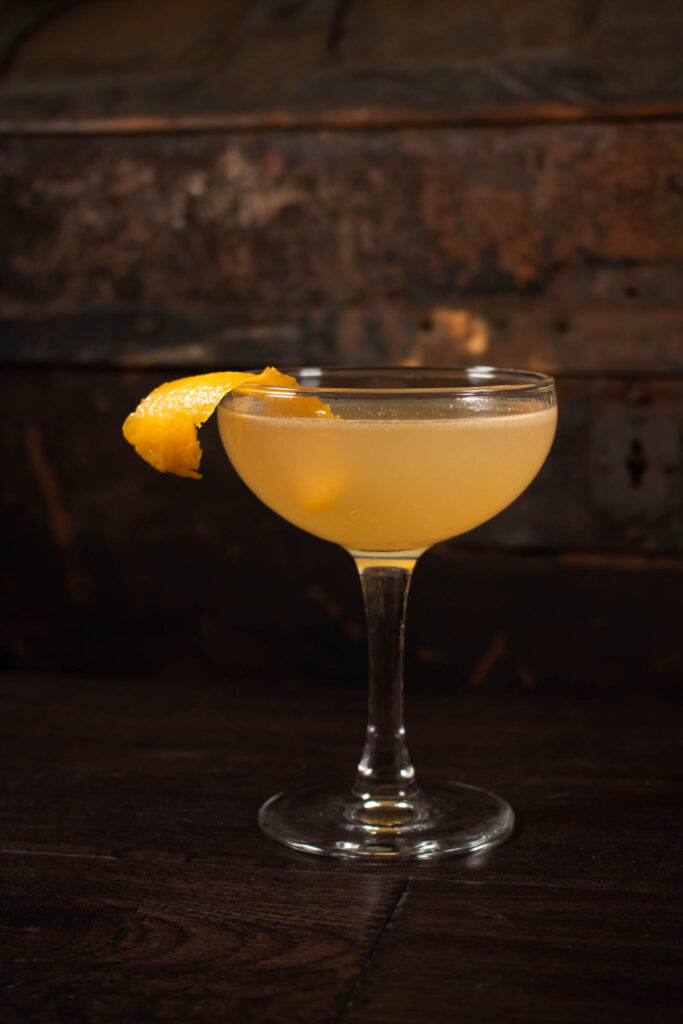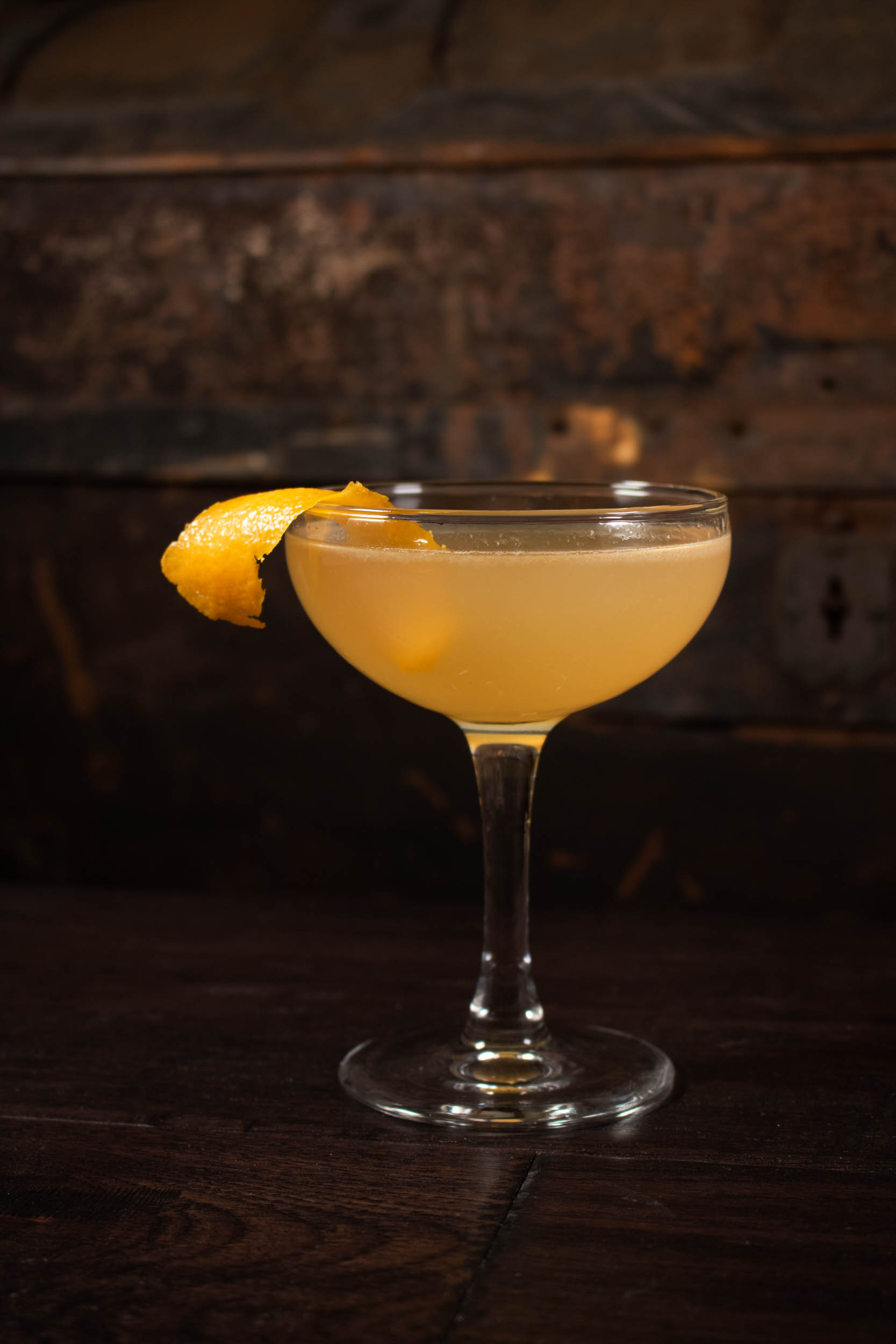
The Sidecar appears to have been created at the Ritz Hotel in Paris in the 192os. As with all origin stories of classic cocktails, appears is probably as closer as we’re going to get. What we do know is that it was almost certainly named after the motorcycle passenger car that was popular in the day and that it’s still delicious.
The Sidecar
There are two schools of thought when it comes to the Sidecar. The first school is the “French school” or the original way the drink was created as detailed below. What later emerged was the “English” school of thought, which encouraged increasing the ratio of Brandy / Cognac to two parts versus one each for Cointreau / Lemon.

The original recipe Sidecar is a study in balance. It layers acidity, sweetness, and body by balancing the 3 elements. There’s a beauty to the richness of the body allowing the flavors of cognac (or brandy) to shine through. The lemon keeps it refreshing, and the Cointreau adds complexity and sweetness.
Drink Notes & Recommendations
The template itself can be easily adjusted. Not sweet enough? Increase the Cointreau. Too sour? Reduce the lemon juice. A quarter ounce for either assessment should be sufficient, but feel free to adjust to taste.
Be aware, there’s a lot of debate about how to make a sidecar correctly. The most popular alternative to this is the previously mentioned English ratio. To make an English style Sidecar, use 1 1/2 oz of Brandy / Cognac and 3/4 oz each Cointreau / Lemon.
- Brandy / Cognac – Either of these will work, but Cognac is the preference. Pierre Ferrand 1840 would be our recommendation. Christian Brothers Brandy can work in a pinch.
- Cointreau – This orange liqueur brand is the gold standard, and our recommendation.
- Lemon – Fresh lemon juice is the recommendation here.
4 thoughts on “The Classics: The Sidecar”